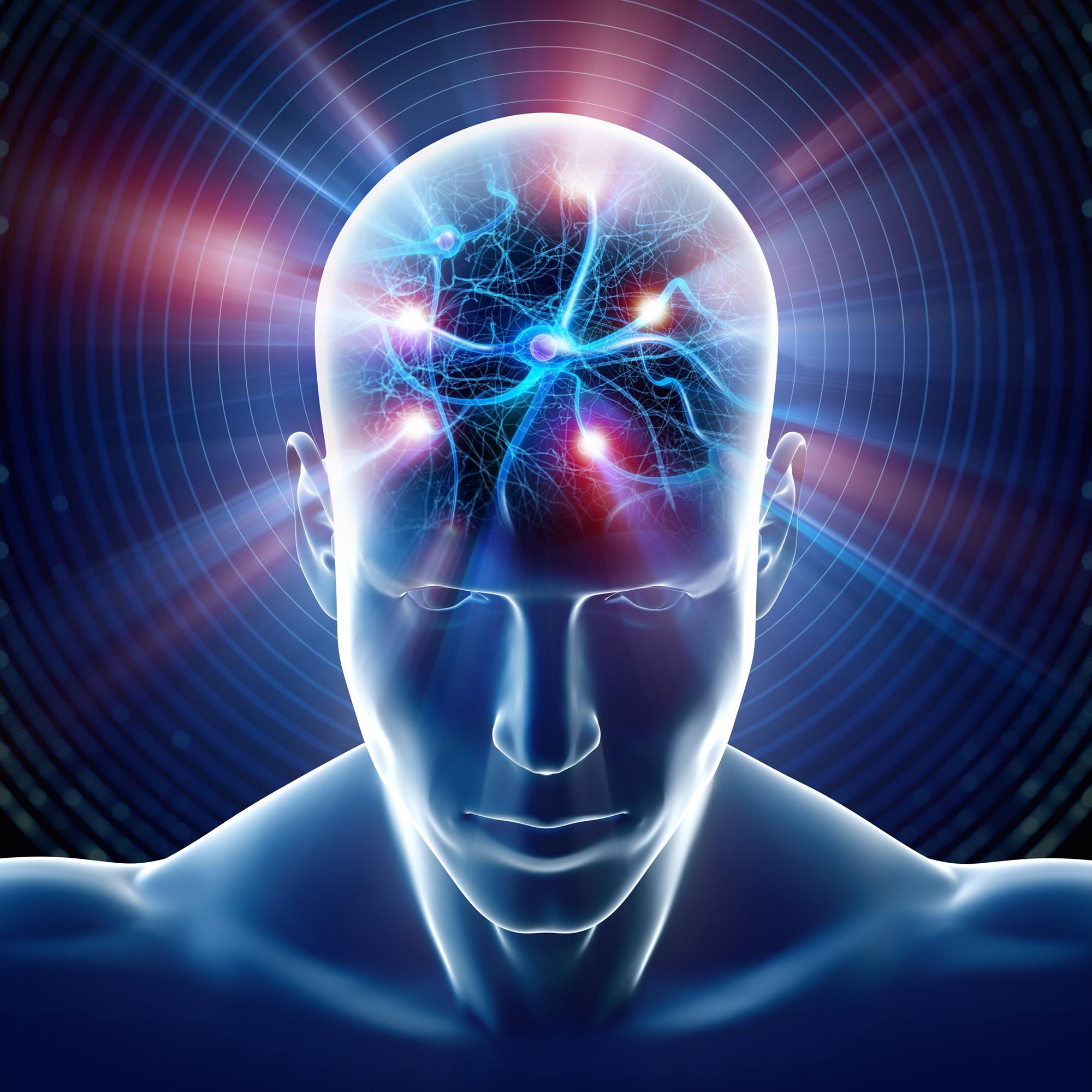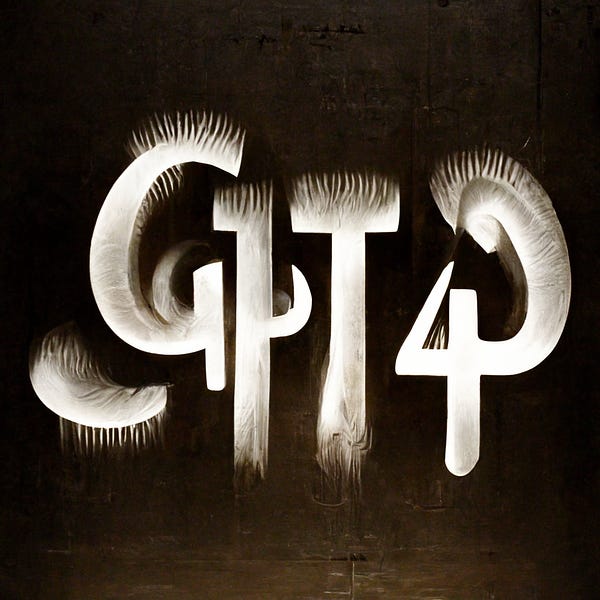- Prompt Hunt Newsletter
- Posts
- The Brain and Artificial Intelligence
The Brain and Artificial Intelligence
Here's your daily briefing:
One of the coolest things about artificial intelligence is the interplay between our understanding of artificial and human intelligence. The more we learn about the brain, the better we're able to understand AI (and vice versa). It's a mutually beneficial dance between fields that is amazing to watch. It's fair to say we're in a golden era of sorts, with so many fields converging into and feeding off each other, such as cognitive science, computer science, neuroscience, engineering, imaging, etc). And on that note:
Anchoring future computational models in biological and social realities will not only continue to shed light on the core mechanisms underlying cognition, the team believes, but will also help provide a unique bridge to artificial intelligence toward the only known system with advanced social consciousness: the human brain.
Here's yet another amazing FREE resource for learning AI, from Microsoft. Check out the announcement video:
This is epic and we're dying to know the prompt:
#AIArt#Midjourney#DeepDream
— generated .img 🖌 (@GeneratedImage)
4:35 PM • Nov 14, 2022
Missed this a few days ago but this is seriously cool and worth sharing:
Made a quick AR inpainting experiment called We See!
It is more a proof of concept showing how voice command, selection gesture, #stablediffusion and #AugmentedReality can come together to alter the reality around us. 🌲 + 🐘
— Bjørn Karmann (@BjoernKarmann)
10:12 AM • Nov 10, 2022
We touched on GPT-4 rumors last week. Here's a Medium post from Alberto Romero that draws them out in a little more detail:
But, if GPT-4 is to GPT-3 what GPT-3 was to GPT-2—which isn't at all unreasonable given that OpenAI took its time with this one—this is big news.
Think about it: as models improve, we need larger leaps in performance to feel a similar degree of excitement. Thus, if we assume Scoble’s source relies mainly on perception (in contrast to rigorous scientific assessment) those claims may imply a significantly larger leap than GPT-2 → GPT-3.
In case you missed the following tweet from Sam Altman... imagine if the Turing test-passing "technological terror" is GPT-3 and "the force" being referenced here is GPT-4. If so, seems safe to assume Altman finds the difference between the two to be quite large.
Buildspace.so, which just raised 10 million from A16z, is hosting another free workshop on November 27th, this one for building your own writing assistant:

In case you ever wondered what Moe from The Simpsons would look like as a human:
Artist Turns Cartoon Characters Into Real People Using Artificial Intelligence 😱💻
A thread
— Agba Influencer (@tweetsbygoody)
6:54 AM • Nov 11, 2022
And, along the same lines, this illustrator used AI to imagine what certain (human) historical figures would look like if alive today:
Amelia Earhart:

Benjamin Franklin:

Sharon Tate:


"pencil drawing, 1970s punk rocker with a mohawk, sitting in front of a classroom of children reading them a book, black and white"




